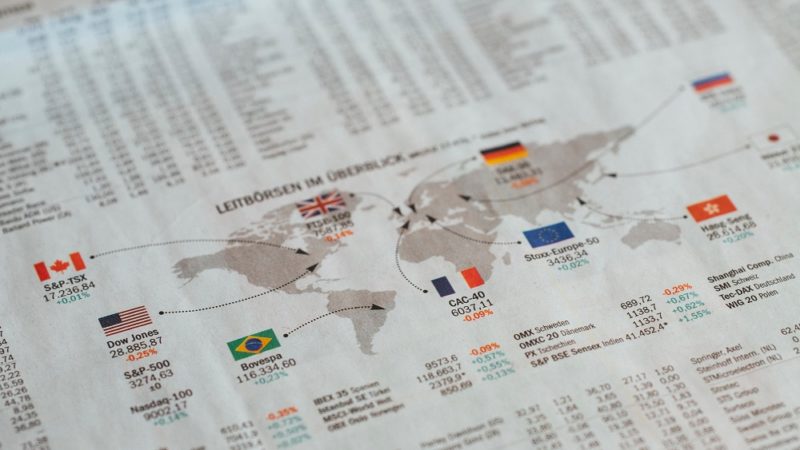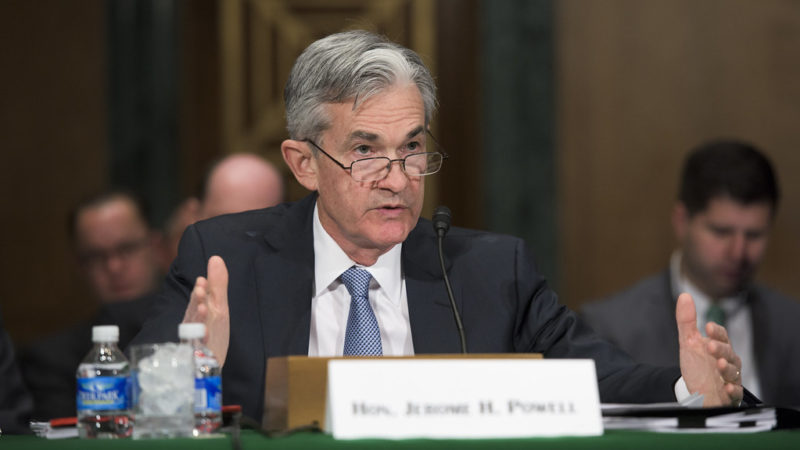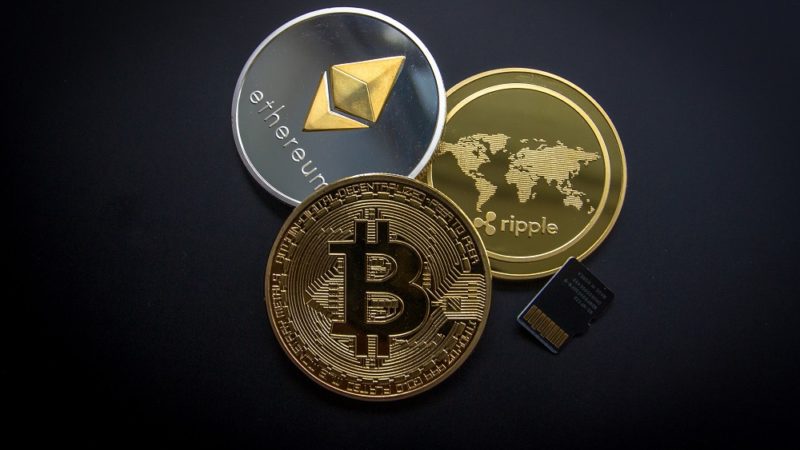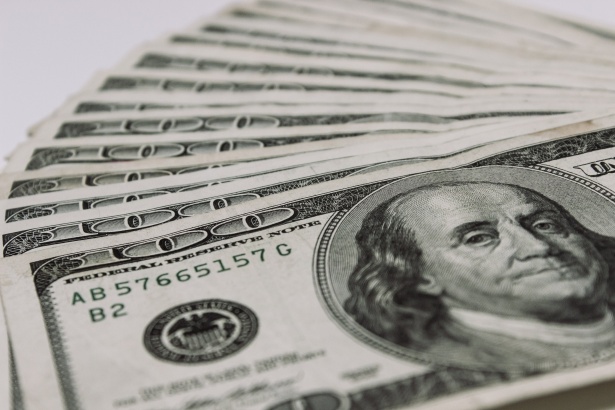The Basics That You Need to Know About Ether

After studying what the Ethereum is, knowing about Ether should be the next important step. Ethereum intends to perform both as a type of decentralized internet and a decentralized app store, enabling a new kind of application (a “dapp”) in the procedure.
As no one actually owns Eathereum, the system that backs this functionality is not available for free. Instead, the network requires ‘ether,’ an exclusive piece of code that can be used to pay for the required computational resources in order to run an application.
Ether is a digital bearer asset such as Bitcoin (like security, issued in physical form, in the form of a bond). Similar to cash, it doesn’t need a third-party to accomplish a transaction.
But rather than being operated as a digital currency, ether seeks to avail with the “fuel” for the decentralized apps on the network system.
While this might sound complex, you can find out a more robust example of how tokens might make a user’s experience better.
Let’s consider a decentralized online notebook as an example. To post, modify, or delete a note, you have to pay a transaction fee in ether to let the network to process the change/modification.
Thus, ‘ether’ has sometimes been referred to as ‘digital oil,’ and bringing this analogy ahead, Ethereum transaction fees are calculated depending on how much ‘gas’ the action needs.
Every action costs a certain amount of gas that depends on the needed computational power and how long it takes to lead. Being a part of an economic system, the regulations for ether’s economy are a little open-ended. While bitcoin has attained a hard cap of much more 21 million bitcoins, ether doesn’t have a similar limit.
So, the total number of ether is not defined yet, and the speed of ether creation will be less precise after 2017 when Ethereum is will to move to a new proof-of-stake (POS) consensus algorithm.
It will probably be heading to change the rules of ether creation, and in this way, the mining subsidy might get reduced.






